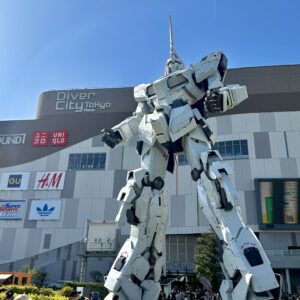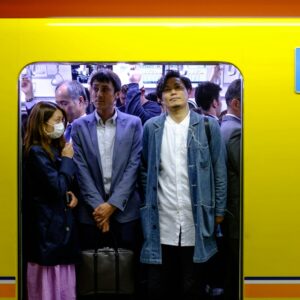Best Tokyo Day Trips: One-Day Escapes Beyond the City
- Tokyo Day Trips: Getting Started
- Top Destinations for your Tokyo Day Trip
- Yokohama: Explore Chinatown, Seaside Minato Mirai District, and Ramen Museum
- Kamakura: Visiting the Great Buddha and Ancient Temples
- Enoshima: Island Adventures with Shrines, Caves, and Beaches
- Hakone: Hot Springs and Views of Mount Fuji
- Mount Takao: Hiking Options and Seasonal Beauty
- Saitama: Chichibu: Famous for Festivals and Flower Blooming Seasons
- Saitama: Kawagoe: A Walk Through "Little Edo"
- Chiba: Nokogiriyama: Hiking the 'Sawtooth Mountain' and Exploring Stone Buddhas
- Tochigi: Ashikaga Flower Park: Spectacular Displays in the Flower Park
- Shizuoka: Sampling Green Tea Right from the Source
- Ibaraki: Hitachi Seaside Park: Seasonal Flowers and Cycling Paths
- Nikko: Exploring Toshogu Shrine and Natural Landscapes
- Wrapping Up Your Japan Day Trip
Welcome to Tokyo, one of the world’s largest and most vibrant cities! There’s always something new and exciting to discover around every corner. But hey, there’s more to see just outside the city limits. Before you head off to other popular spots like Kyoto or Osaka, let me show you some of the best Tokyo day trips that are not so well known. Let’s begin!
Tokyo Day Trips: Getting Started
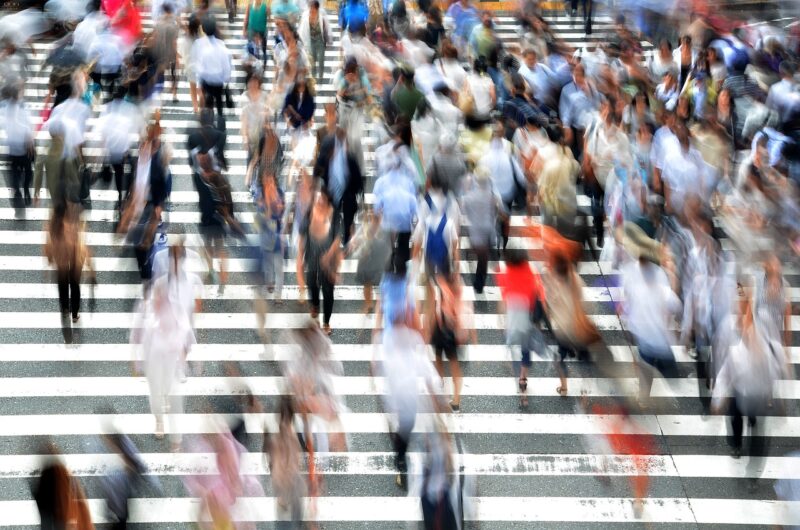
Top Destinations for your Tokyo Day Trip

Yokohama: Explore Chinatown, Seaside Minato Mirai District, and Ramen Museum
Yokohama, Japan’s vibrant second-largest city, offers an appealing blend of historical sites, modern attractions, and rich culinary experiences. Located just a short train ride from Tokyo, this city is known for its scenic waterfront, extensive Chinatown, and a distinctive mix of cultural offerings.
How to Get There: Take the JR Negishi Line from Tokyo Station to Yokohama Station; travel time is about 30 minutes, and the cost is around 480 yen one way.
Top Things to Do and See:
- Discover the delights of Yokohama Chinatown, the largest in Asia, offering a plethora of dining and shopping options.
- Visit the CupNoodles Museum where you can create your own custom cup of noodles.
- Stroll along the beautiful waterfront in the Minato Mirai district, known for its modern architecture and entertainment venues.
- Enjoy a day at Yamashita Park or have fun with the attractions at Yokohama Cosmo World.
- Experience the Ramen Museum, which offers a historical look at ramen and features a variety of regional flavors to taste.
- Explore the Red Brick Warehouse for shopping and dining, particularly renowned for its fresh seafood offerings.
Additional Tips: Yokohama shines during special events like the summer fireworks festival and the springtime cherry blossom season at Yamashita Park. Whether you’re into history, food, or just soaking up the atmosphere, Yokohama provides a full day’s adventure with something for everyone.
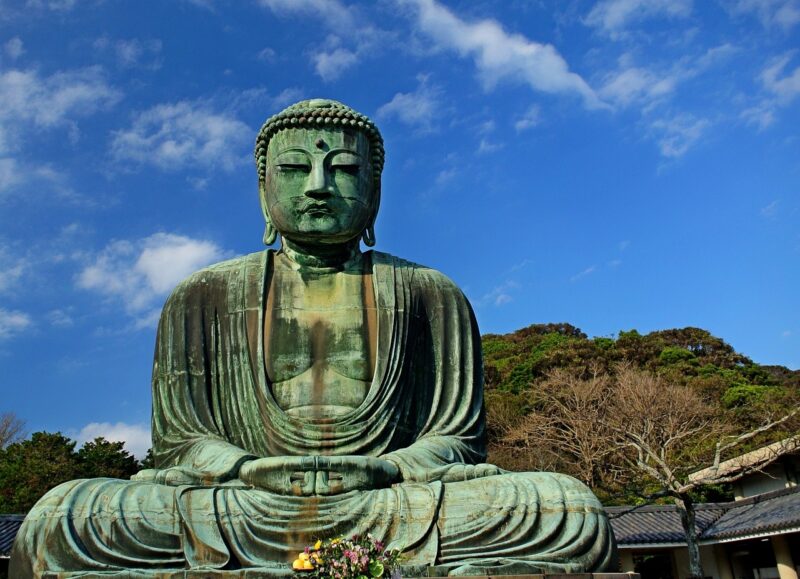
Kamakura: Visiting the Great Buddha and Ancient Temples
Kamakura offers a slice of Japan’s feudal past with its array of temples, shrines, and the iconic Great Buddha statue. This small city was once the political heart of medieval Japan, and today it serves as a cultural treasure trove just a short train ride from Tokyo. Its sandy beaches, hiking trails, and historical sites make it an ideal destination for both history enthusiasts and nature lovers. Kamakura’s laid-back atmosphere contrasts sharply with Tokyo’s modernity, offering a peaceful retreat.
How to Get There: Board the JR Yokosuka Line from Shinjuku Station; travel time is about 1 hour, and the cost is approximately 920 yen one way.
Top Things to Do and See:
- See the Great Buddha (Daibutsu), a monumental outdoor bronze statue.
- Stroll through Hase-dera Temple and enjoy views of the ocean.
- Visit Tsurugaoka Hachimangu Shrine, a central spiritual and cultural spot.
- Explore the bamboo groves of Hokokuji Temple.
- Walk along Yuigahama Beach for a relaxing end to your day.
Additional Tips: Kamakura is particularly lively during the annual festivals such as the Kamakura Festival in April, which features samurai parades and other cultural activities.
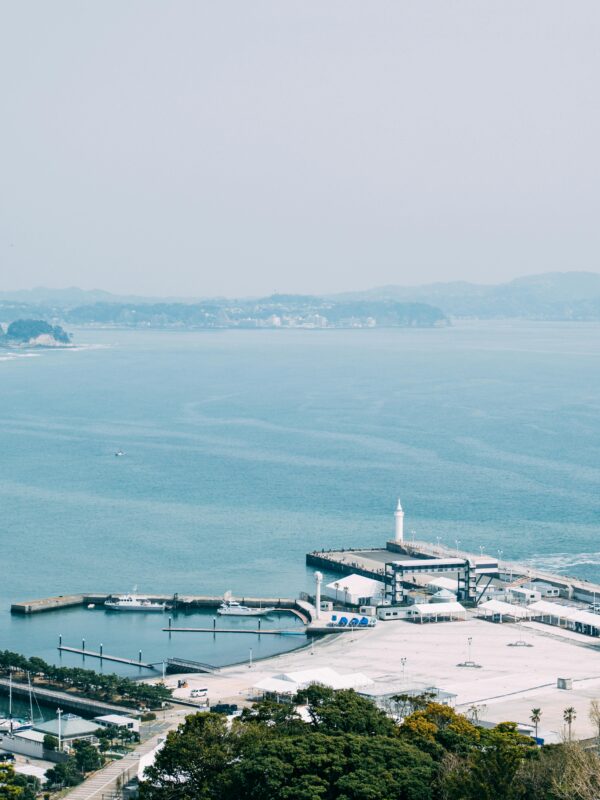
Enoshima: Island Adventures with Shrines, Caves, and Beaches
Enoshima is a small island off the coast of Kanagawa Prefecture, connected to the mainland by a bridge. This charming locale is perfect for a day of exploration, featuring shrines, caves, and beautiful views of the surrounding sea.
How to Get There: Take the Odakyu Line to Fujisawa Station, then transfer to the Enoden Line to Enoshima Station; travel time is about 1.5 hours, and the cost is about 1,000 yen one way.
Top Things to Do and See:
- Visit the Enoshima Shrine, with its mythologically significant sites.
- Explore the Iwaya Caves on the island’s coast.
- Enjoy the scenic views from the Enoshima Sea Candle lighthouse.
- Relax on the beaches during summer or surf the waves.
- Stroll through the Samuel Cocking Garden.
Additional Tips: Enoshima is best visited in the summer for beach activities or during the winter for a quieter experience with stunning views of Mount Fuji on clear days.
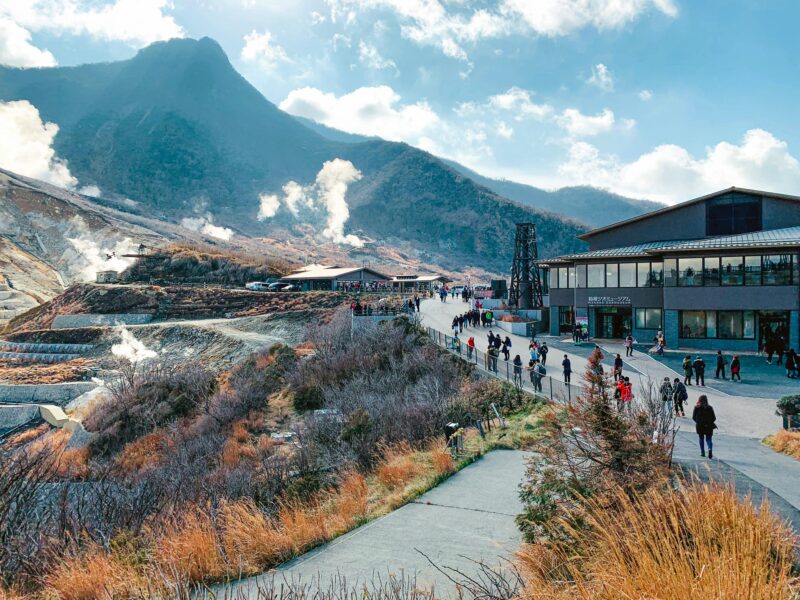
Hakone: Hot Springs and Views of Mount Fuji
Hakone is a popular resort area known for its onsen (hot springs), art galleries, and the majestic views of Mount Fuji. It’s a fantastic place to experience the natural beauty of Japan while enjoying luxurious hot spring baths. Whether you’re looking to relax in a spa, admire art, or hike around volcanic landscapes, Hakone offers a variety of experiences close to Tokyo.
How to Get There: Ride the Odakyu Romance Car from Shinjuku Station; travel time is about 85 minutes, and the cost is approximately 2,300 yen one way.
Top Things to Do and See:
- Relax in one of the many onsen (hot springs).
- Visit the Hakone Open Air Museum.
- Cruise on Lake Ashi and enjoy the scenic views of Mount Fuji.
- Ride the Hakone Ropeway for stunning aerial views.
- Explore the volcanic Owakudani Valley.
Additional Tips: Purchasing the Hakone Free Pass can provide great value, offering unlimited use of certain transport services and discounts at various attractions.
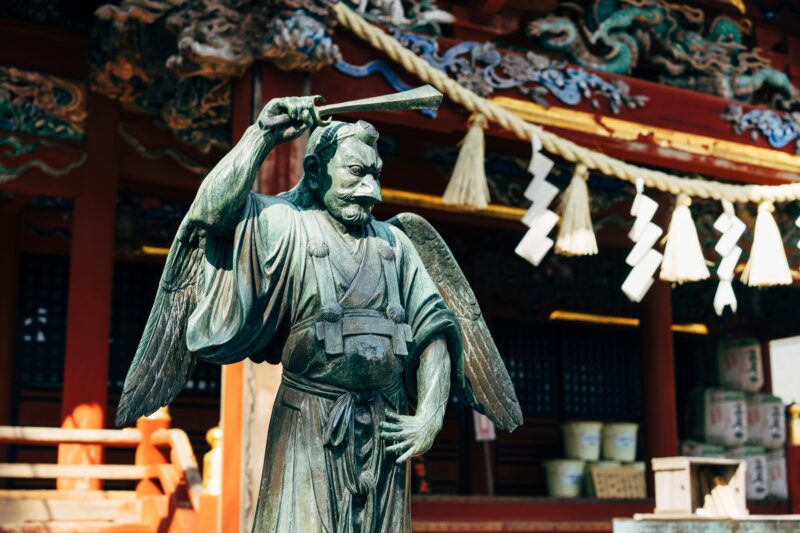
Mount Takao: Hiking Options and Seasonal Beauty
Mount Takao is a beloved natural escape near Tokyo, offering easy-to-navigate trails and a chance to engage with nature without straying too far from the city. The mountain is not only famous for hiking but also for its cultural sites, making it a comprehensive day trip option for all ages.
How to Get There: Take the Keio Line from Shinjuku Station; travel time is about 50 minutes, and the cost is 390 yen one way.
Top Things to Do and See:
- Hike to the summit for panoramic views of Mount Fuji and Tokyo.
- Visit Yakuoin Temple and explore its historic grounds.
- Participate in seasonal festivals, especially the fire-walking festival in March.
- Enjoy the autumn colors, which are among the best in the Tokyo area.
- Ride the cable car for those who prefer a less strenuous route to the top.
Additional Tips: Mount Takao is especially popular during the autumn foliage season but offers distinct scenic beauty and festivities throughout the year.
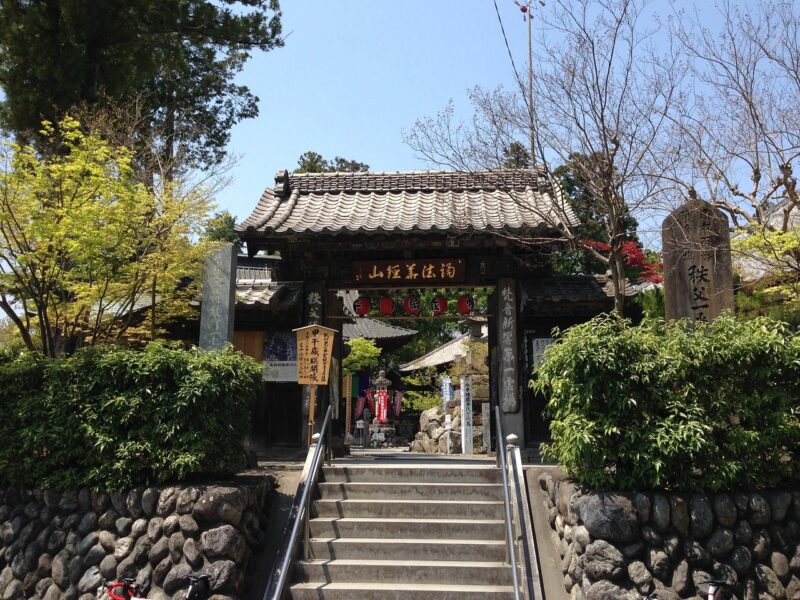
Saitama: Chichibu: Famous for Festivals and Flower Blooming Seasons
Chichibu, a rural area just a couple of hours from Tokyo, is renowned for its natural beauty and numerous festivals. This destination offers a deep dive into traditional Japanese culture with its annual night festival and the stunning natural scenery of its flower fields.
How to Get There: Take the Seibu Chichibu Line from Ikebukuro Station; travel time is about 1.5 to 2 hours, and the cost is about 800 yen one way.
Top Things to Do and See:
- Attend the Chichibu Night Festival, famous for its float processions and fireworks.
- Visit the Chichibu Shrine, which is central to the area’s cultural heritage.
- Explore the nearby mountains and valleys, ideal for outdoor enthusiasts.
- Visit the Shibazakura Hill with its pink moss in full bloom during spring.
- Enjoy rafting on the Arakawa River.
Additional Tips: Plan your visit during the early December festival for a truly vibrant experience, or during spring for the floral displays.
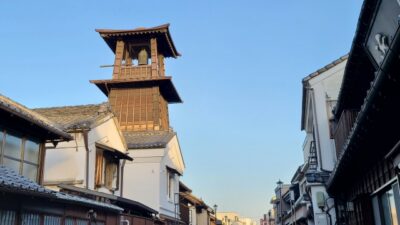
Saitama: Kawagoe: A Walk Through "Little Edo"
Step back in time in Kawagoe, where the architecture and ambiance of the Edo period live on. This charming town, just a short ride from Tokyo, is famous for its well-preserved warehouse district with traditional candy shops and museums. The area offers a unique glimpse into Japan’s past, with its old bell tower and numerous temples and museums. It’s an excellent spot for purchasing traditional Japanese crafts and sampling local sweets.
How to Get There: Take the Tobu Tojo Line or JR Saikyo Line from Shinjuku Station; travel time is about 30-50 minutes, and the cost ranges from 450 to 750 yen one way.
Top Things to Do and See:
- Explore the historic Kurazukuri Street with its traditional warehouse-style buildings.
- Visit the Time Bell Tower and the old Kawagoe Castle site.
- Enjoy traditional sweets and snacks in the Candy Alley.
- Discover the history at the Kawagoe City Museum.
- Take a leisurely boat ride along the Shingashi River.
Additional Tips: The Kawagoe Festival in October is a must-see, with its vibrant parade of floats and traditional music.
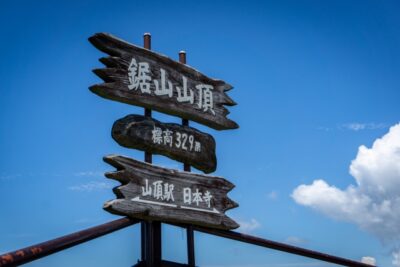
Chiba: Nokogiriyama: Hiking the 'Sawtooth Mountain' and Exploring Stone Buddhas
Nokogiriyama, or ‘Sawtooth Mountain’, offers a unique outdoor experience with its rugged landscape, breathtaking views, and historical stone carvings. This lesser-known hiking destination provides a peaceful escape from the urban environment.
How to Get There: Take the JR Uchibo Line from Tokyo Station to Hama-Kanaya Station; travel time is about 1.5 hours, and the cost is around 1,500 yen one way.
Top Things to Do and See:
- Hike to the summit for panoramic views of Tokyo Bay and the Boso Peninsula.
- Visit the Nihon-ji Temple, home to Japan’s largest stone Buddha carved into the mountainside.
- Explore the “Hell Peek” point, which offers thrilling views from a lookout carved into the cliff.
- Witness the “Hyaku-shaku Kannon,” a large relief of the Goddess of Mercy on the mountain slope.
- Enjoy the serene atmosphere of the mountain paths, which are less crowded than more popular hiking spots.
Additional Tips: Suitable for adventurous travelers looking for a day of physical activity and cultural exploration, with best conditions in spring and fall for hiking.
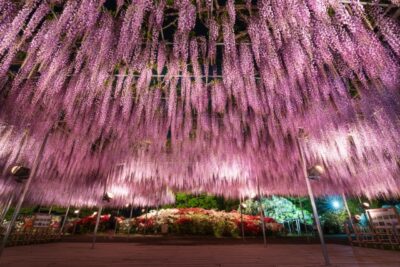
Tochigi: Ashikaga Flower Park: Spectacular Displays in the Flower Park
Ashikaga Flower Park is one of Japan’s premier floral destinations, famous for its seasonal gardens that feature wisteria, azaleas, and many other flowers. The park’s stunning floral displays provide a colorful palette that changes with the seasons, offering a feast for the eyes year-round.
How to Get There: Take the JR Ryomo Line from Tokyo Station to Ashikaga Flower Park Station; travel time is about 2 hours, and the cost is about 2,400 yen one way.
Top Things to Do and See:
- Walk under the wisteria flower tunnels, particularly mesmerizing in late spring.
- See the winter illuminations, which transform the park into a vibrant light show.
- Enjoy the seasonal flower festivals that showcase the blooms at their peak.
- Participate in nighttime viewings when the flowers are lit up beautifully.
- Relax in the garden’s cafes and enjoy floral-inspired dishes and drinks.
Additional Tips: The park is a must-visit during the wisteria season from late April to early May when the oldest and largest wisteria trees are in full bloom.
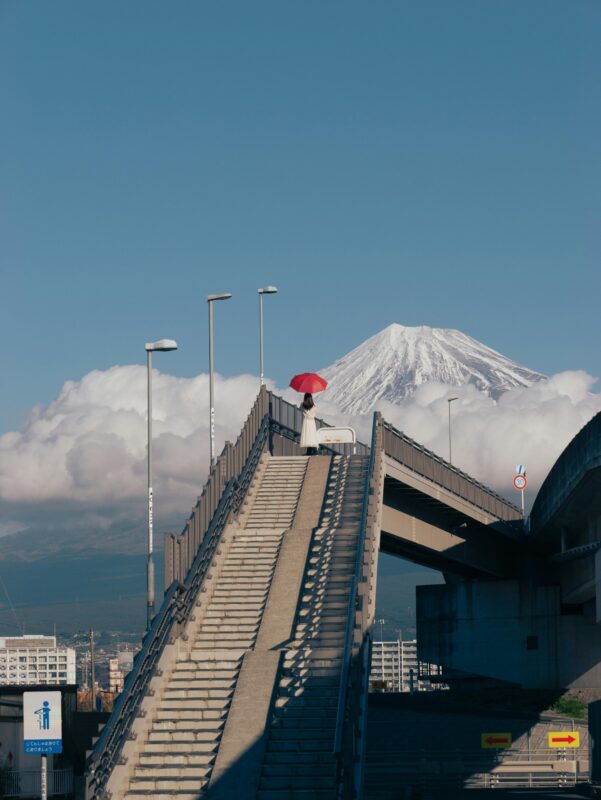
Shizuoka: Sampling Green Tea Right from the Source
Shizuoka is renowned for producing more than 40% of Japan’s green tea, and its lush tea plantations offer visitors a unique insight into the art of tea cultivation and preparation. The region also boasts stunning views of Mount Fuji and rich historical sites.
How to Get There: Take the JR Tokaido Shinkansen from Tokyo Station; travel time is about 1 hour, and the cost is around 6,000 yen one way.
Top Things to Do and See:
- Tour a tea plantation and participate in a tea-picking experience.
- Visit the Shizuoka Prefectural Museum of Art.
- Explore Sunpu Castle and its surrounding park.
- Relax at one of the many onsen in the area.
- Hike in the nearby Southern Alps for breathtaking natural scenery.
Additional Tips: Spring and early summer are the best times to visit for tea picking, while the views of Mount Fuji are most clear during the colder months.
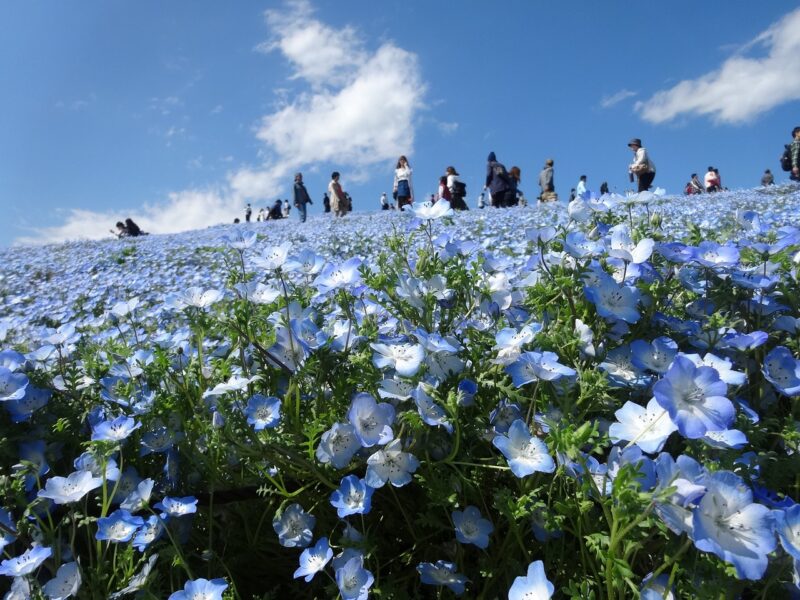
Ibaraki: Hitachi Seaside Park: Seasonal Flowers and Cycling Paths
Hitachi Seaside Park is celebrated for its vast expanses of flowers, including the famous blue nemophilas in spring and the fiery red kochia in autumn. The park offers a picturesque setting with cycling paths and amusement areas, making it a perfect destination for families and nature lovers alike.
How to Get There: Take the Joban Line from Ueno Station to Katsuta Station, then a bus to the park; travel time is about 2 hours, and the cost is approximately 2,200 yen one way.
Top Things to Do and See:
- Walk among the blooming nemophilas, known as “baby blue eyes,” covering the Miharashi Hill in spring.
- See the transformation of the park during the kochia carnival in autumn when the bushes turn bright red.
- Rent bicycles to explore the park’s extensive network of paths.
- Enjoy amusement rides and attractions suitable for all ages.
- Visit the park during the tulip and cosmos seasons for additional floral beauty.
Additional Tips: The park’s vast area and seasonal events make it a popular spot year-round, but visiting during the peak bloom periods provides the most spectacular experience.

Nikko: Exploring Toshogu Shrine and Natural Landscapes
Nikko, a UNESCO World Heritage site, combines Japan’s rich cultural heritage with its stunning natural beauty. This area is renowned not only for its shrines and temples but also for its scenic landscapes, including waterfalls, lakes, and forests that offer year-round attractions. Visitors can enjoy a perfect blend of spiritual pilgrimage and nature excursions in a single trip. The journey from Tokyo provides a relaxing break from the bustling city and immerses travelers in a tranquil environment filled with historical and natural wonders.
How to Get There: Take the Tobu Railway from Asakusa Station; travel time is approximately 2 hours, and the cost is around 4,000 yen one way.
Top Things to Do and See:
- Visit Toshogu Shrine, the lavishly decorated mausoleum of Tokugawa Ieyasu.
- Explore the scenic Kegon Falls and Lake Chuzenji.
- Hike the trails of Nikko National Park for breathtaking views and serene nature.
- Experience Yumoto Onsen, known for its healing hot springs.
- Discover the historical Rinnoji Temple with its beautiful garden.
Additional Tips: For the best experience, visit Nikko during autumn when the foliage is spectacular, or in spring for the cherry blossoms and azaleas.
Wrapping Up Your Japan Day Trip
Well, what a journey we’ve had exploring these amazing spots around Tokyo! Each of these best Tokyo day trips offers a unique glimpse into the diverse culture, rich history, and stunning natural beauty just outside the bustling city. I hope you’ve found a few favorites to add to your bucket list. Remember, there’s so much more to Japan than its famous cities, and these day trips from Tokyo are perfect for experiencing the variety this incredible country has to offer. Safe travels, and enjoy every minute of your adventure!
Make sure to check out our Complete Tokyo Travel Guide to make the most of your next trip to Tokyo.
